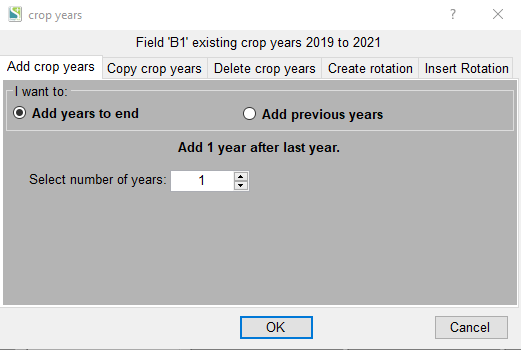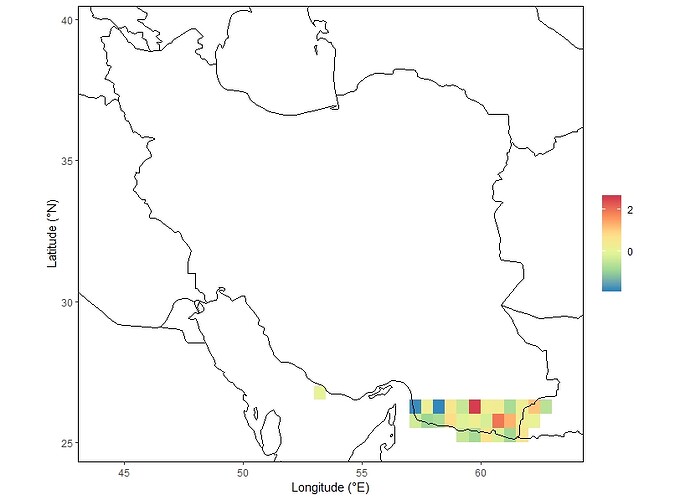
Get geographic data for anywhere in the world. dimensions: Dimensions of a Raster* object.datasource: Are values in memory and/or on disk?.cover: Replace NA values with values of other layers.corLocal: Local correlation coefficient.coords: Coordinates of the Extent of a Raster object.Compare-methods: Compare Raster* objects.compareCRS: Partially compare two CRS objects.cellsFromExtent: Cells from extent, and vice versa.cellFrom: Get cell, row, or column number.boundaries: boundaries (edges) detection.blockSize: Block size for writing files.as.matrix: Get a vector, matrix, or array with raster cell values.as.logical-methods: Change cell values to logical or integer values.as.list: Create a list of RasterLayer objects.as.ame: Get a ame with raster cell values, or coerce.as.character: Character representation of a Raster or Extent object.



alignExtent: Align an extent (object of class Extent).aggregate: Aggregate raster cells or SpatialPolygons/Lines.
#Crop years raster in r free#
Feel free to try other breakpoints that you find more appropriate. You could probably question if the words cold, cool, warm and hot fit to the quantiles. Of course, the breakpoints that you choose will drive the quality of your results, and to derive at the values at which you want to distinguish categories might need a lot of research or knowledge. Tip: use the cellStats(x, stats) command to find out the quantiles as boundaries for temperature and min, mean, max as boundaries for the rainfall. For this exercise, create four categories for temperature (cold, cool,warm, hot) and two for rainfall (dry and wet). You want to make categories for the temperature and the rainfall to get a better overview of distinct combinations.
#Crop years raster in r how to#
Here you learn how to make categories from combining multiple continuous datasets: Some species for example only occur above a certain temperature, or in a particular elevation. In many cases, continuous data is what you want, but sometimes categories are more useful to get a broader overview, or with known thresholds or ranges. Can you find them?Ī single step operation would be like this:Ĥ.9 Challenge 2: Creating categories from summarizing and combining data You can check out if you can see the difference in the output if you don’t use the mask command, there are some parts around the coastline of Australia that will have data without the mask. First, the raster gets cropped to the rectangular extent of the data file used for the clipping (crop function), and then all the cells that have no values in the data file WITHIN the square extent that is used for the clipping are set to NoData (mask function). The %>% (pipe command) works like that: after the first command is executed, the output gets used for the second command without assigning it to variable and storing it in memory.įor example, clipping a raster is a two step process. You can also line up several commands the you want to execute one after the other, which saves you from generating a lot of intermediary files. Now you can use any command you want ONCE on this big sandwich of rasters instead of having to use it 12 times on the single files.


 0 kommentar(er)
0 kommentar(er)
